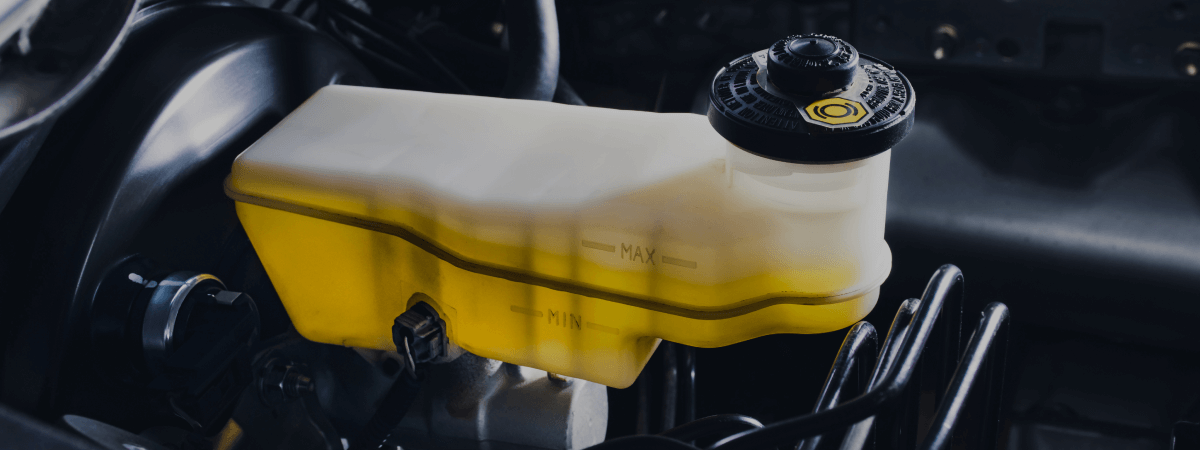
There are many indicators that we can look toward to measure the development of the modern era: how small our cellphones are getting, how smart our houses have become, and how fast we can travel around the world, just to name a few. Mankind is on the cusp of democratizing space travel and we can order as many tacos as we want with a flick of our finger and have them delivered straight to our door — life certainly is good.
There is one piece of technology that might beat all of that, however. Since our earliest ancestors roamed the deserts of Africa and endured an ice age, man has struggled to survive in the harsh elements. And yet, today we can be warm whenever we want or cool whenever we want, thanks to the HVAC system in our cars and homes.
How sad it is then when the heating and air conditioning stops working while we’re driving. Let’s take a look at how your vehicle keeps the cabin temperature pleasant and find out what our technicians at Master Muffler’s Orem car repair center look for when it comes time to fix it.
A Bit About Freon
Much like how your emissions system works by changing your fuel from a liquid to a gas, the refrigerant in your car undergoes numerous state changes as it passes through the air conditioning.
Refrigerant, more commonly known in the car repair industry as “Freon,” made its debut in 1930 and was almost immediately adopted in most cars being manufactured at that time. Though the Freon underwent certain chemical changes based on how it was mixed (reflected in name changes for the compound like R-22 or R-12), it would be the primary refrigerant for all automobiles for the next 50-80 years.
Today, Freon has seen worldwide bans in the automotive industry because its chemical mixture has been proven to deplete the ozone layer and contribute to global warming.
How Your Car’s A/C Works
In the absence of Freon, car manufacturers, as well as the team at our Orem car repair shop, have begun using other, safer alternatives. No matter which refrigerant is being used, the A/C process is the same.
- The refrigerant gathers heat in the compressor, which turns the gas into a liquid
- The liquid is moved to the condenser which exposes the liquid refrigerant to cooling from outside air coming in through a vent
- Having been cooled, the liquid refrigerant travels to an expansion valve wherein it becomes a gas once more
- Whatever condensation is left after this transformation is removed and the gas is sent to an evaporator
- The gaseous refrigerant sucks the hot air from the evaporator as it travels through, leaving behind cold air that is then blown out of the vents into the cabin.
And just like that, we have a pleasantly cooled cabin during the summer months.
How Your Car’s Heater Works
And if we want hot air? The process looks a little different:
- The heat from the engine is regulated by coolant which is used to draw heat from the engine and transfer it to the heater core.
- The heater core looks like a small radiator and is housed in your car’s dashboard.
- A heater fan blows the heat from the core through the vents into the cabin.
- Meanwhile, the hot coolant is being funneled back into the coolant pump to start the cycle again.
Because compressors, heater cores, and other components of the HVAC system can be expensive to replace, it’s best to have them looked at each time you bring your car into our Orem car repair shop for a tune-up.
Related Posts
Key Takeaways On average, passenger vehicle tires last 40,000 to 60,000 miles, depending on type, driving habits, and maintenance. Replace tires when tread depth reaches 2/32”, if damaged, or older than 10 years. Regular rotation, alignment, and proper inflation extend tire life. Aggressive driving, poor roads, and harsh weather shorten tire lifespan. Take advantage [...]
When you think about car maintenance, you probably focus on oil changes, tire rotations, and maybe even brake pad replacement. But what about your brake fluid? If you’ve ever wondered, “What does brake fluid do?” or “Why is brake fluid important?”, you’re not alone. Brake fluid might not be the most talked-about part of [...]
Is that high-pitched squeal from your brakes driving you—and everyone else—crazy? Don’t ignore it. Squeaky brakes aren’t just annoying, they’re your car’s way of saying something needs attention. Whether you're cruising through Salt Lake City or winding up Idaho’s mountain passes, here’s what’s likely going on, how you can fix it, and when it [...]





